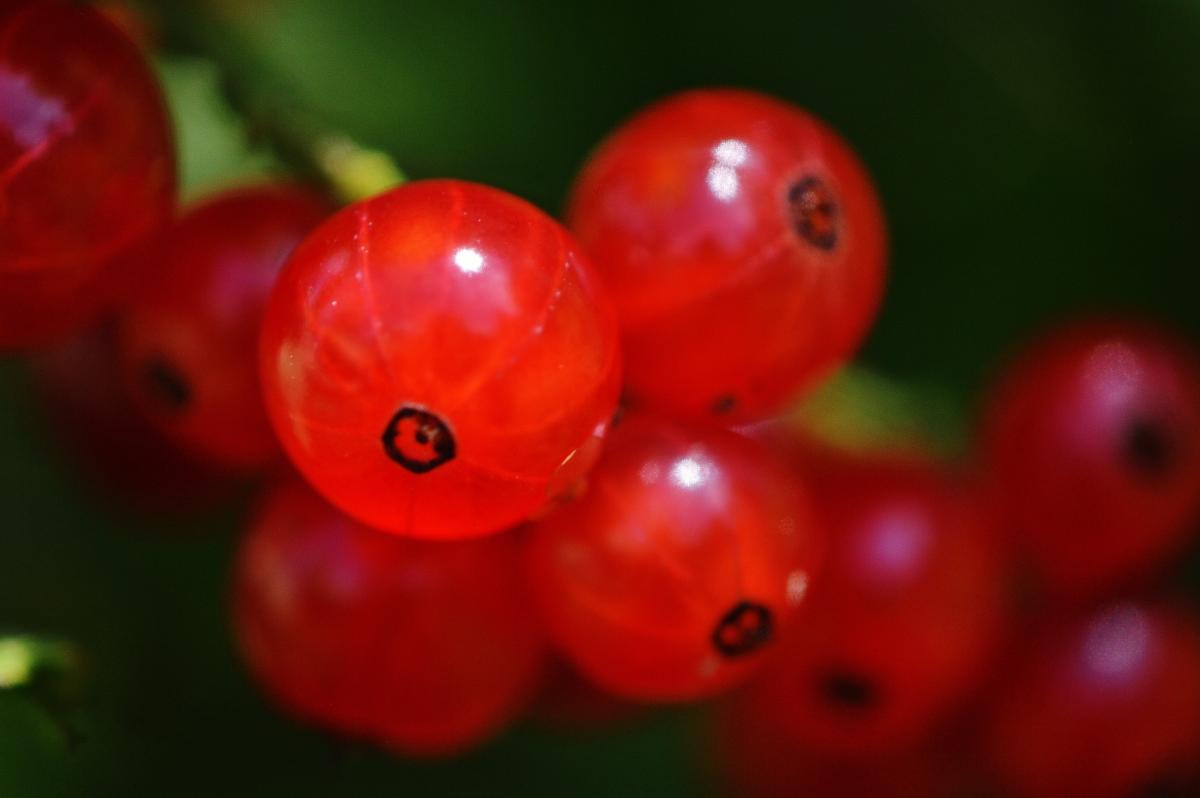The blueberry exists in three main types: Lowbush, Highbush and Rabbiteye.
The Lowbush type is characterised by low, usually wild plants; Highbush is the main commercial type and includes various hybrids and cultivars of Vaccinium corymbosum, while blueberries of the Rabbiteye type is characterised by an average plant height and some seed in the flesh.
blueberry is a crop that traditionally requires a certain number of chilling hours, having originated in North America, where it has been commercially developed for about a century.
Over time, have been developed blueberries that are also adapted to more temperate and hot climates through hybridisation between Vaccinium corymbosum and Vacinium darrowii.
The classical classification provides for the distinction between two types: Northern and Southern, depending on the need for chill hours.
The classification was adopted by the US Department of Agriculture (USDA) which also manages a detailed map of the climate zones of the US territory.


In recent years, interspecific hybrids (crosses between Northern Highbush and Southern Highbush varieties) have been developed which have made production possible even in regions with tropical climates, increasing the complexity of classifying the different varieties according to traditional criteria.
This is why a few years ago the US varietal research and development company Fall Creek introduced a new classification that takes into account the place of production (regions and climates) and production methods, based on four categories: High Chill, Mid Chill, Low Chill and No Chill.
Most varieties of blueberries require some degree of cold during the winter months to produce flower buds and then fruit. However, varieties are emerging that can be successfully produced in regions without a winter climate, often by evergreening, i.e. selectively managing harvesting and pruning to make the plants produce almost continuously.
HIGH CHILL
- Latitude: 42° +
- Seasons: four distinct seasons, cold winters
- Examples of production areas: Southern Chile, Northern and Eastern Europe
- Notes: blueberries grown in this area are completely deciduous, have concentrated periods of spring flowering and harvest.
- Variety: Aurora, Blue Crop, Duke, Last Call, Liberty
MID CHILL
- Latitude: 34° - 45°
- Seasons: longer production season, temperate winters and warmer summers
- Examples of production areas: Southern France, Asturias (Spain)
- Notes: pay attention to spring frosts and exceptional peaks of winter cold; varieties are often vigorous due to prolonged growth time; both deciduous and semi-deciduous varieties are present.
- Variety: Legacy, Blue Ribbon
LOW CHILL
- Latitude: 28° - 36°
- Seasons: long production seasons and mild winters
- Examples of production areas: Northern Argentina, Southern Spain, Morocco
- Notes: most varieties require a certain minimum amount of cold hours for dormancy; pay attention to winter and spring frosts; normally production is managed in order to obtain summer production and a short winter dormancy period.
- Variety: Star, Emerald. Jewel, Ventura
NO CHILL
- Latitude: 28° and lower
- Seasons: no winter period
- Examples of production areas: Central Mexico, Peru, Colombia, Kenya
- Notes: management of "evergreen" plants without dormancy, with continuous growth throughout the year; often requires protective infrastructure and careful management to achieve the right period of production
- Varieties: Biloxi, Ventura, AtlasBlue
ARE YOU INTERESTED IN VARIETIES OF BLUEBERRY?
Consult the variety sheets of Italian Berry!










